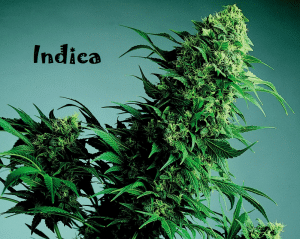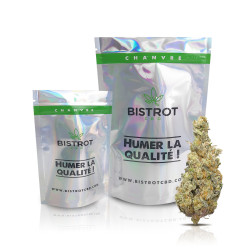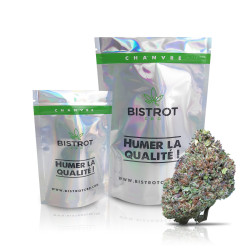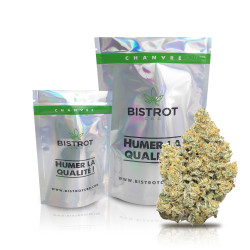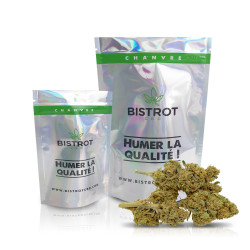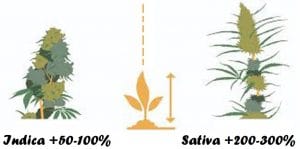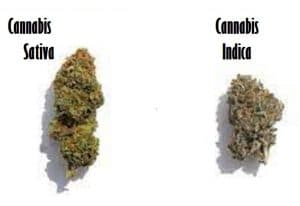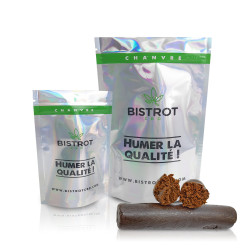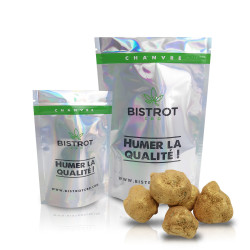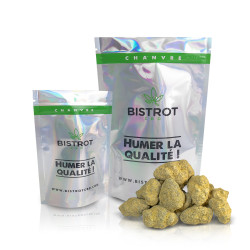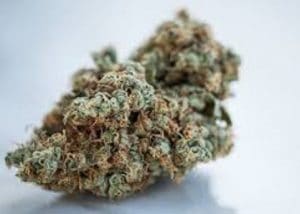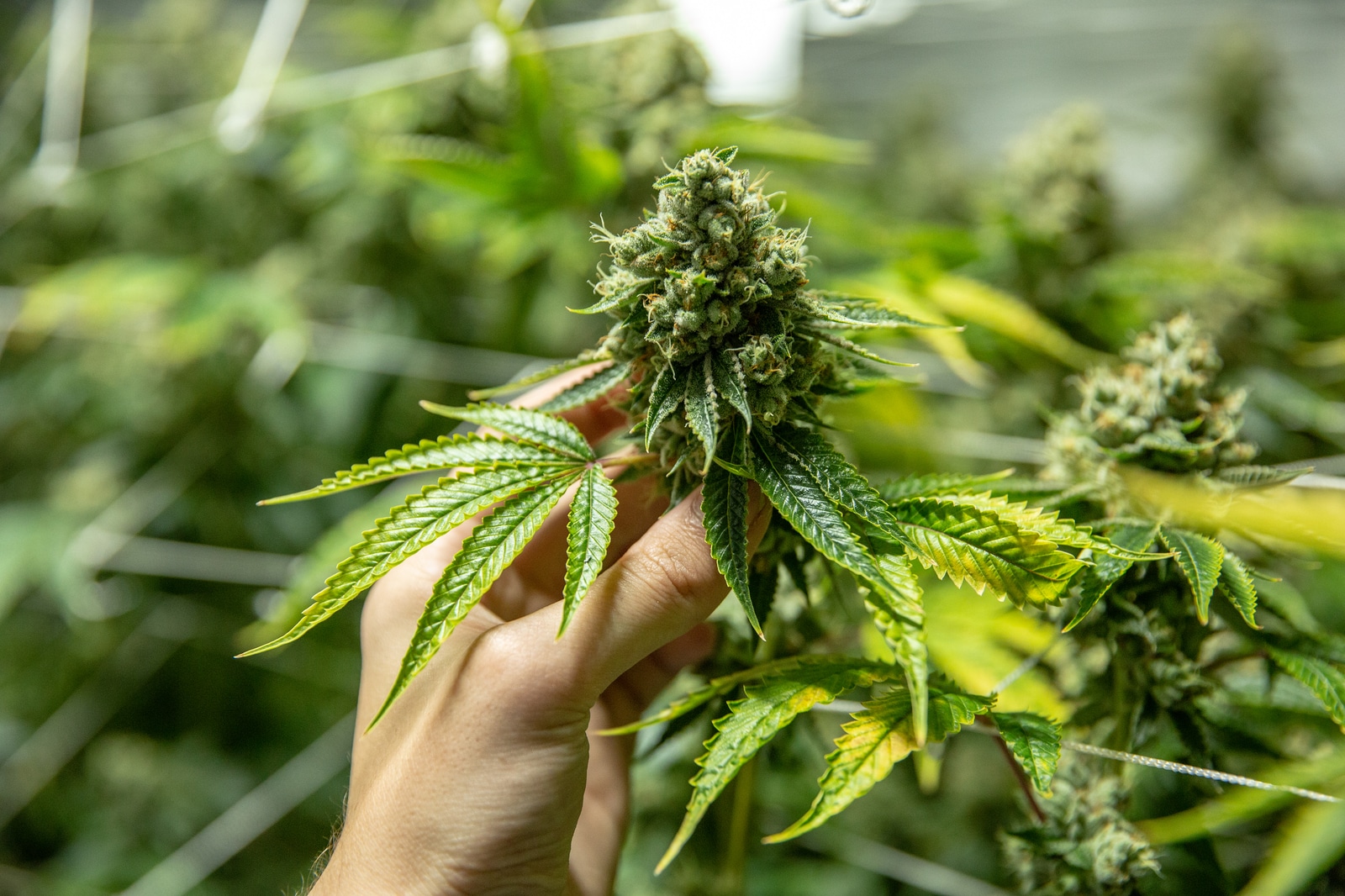
Despite an often-contradicted classification throughout history, Cannabis Indica is considered a variety of hemp that is distinct from Cannabis sativa and Cannabis Ruleralis. In 2020, we can even add a 4th subspecies or variety of hemp, Cannabis CBD. The phenotypes and genotypes of these types of hemp are indeed quite distinct. Thus, their characteristics are well marked and each of these varieties will be more or less predisposed to a particular use.
If the term “sativa” is relatively more popular than “indica”, it is because chronologically, botany recognizes this species of plant since 1753. Since then, the appellation has endured. It refers to “soft drugs”, cannabis flowers and THC (tetrahydrocannabinol). However, if Cannabis Sativa L. was the first species determined, it is initially the richness of its fibres and its capacity of adaptation to various environments of culture which aroused this botanical interest. Cannabis Indica of such ancient origin, however, was later recognised as a separate variety (or species).
History and origins of Cannabis Indica vs Sativa
Like the hop,
cannabis
belongs to the Cannabinaceae or Cannabaceae family. Today all cannabis enthusiasts know more or less the different characteristics between cannabis sativa, indica, ruderalis and cbd. But, from a botanical point of view, 2 clans are still fighting each other:
The original 1753 classification by Carl Linnaeus identifies Cannabis Sativa as the only species of hemp (pure lineage). Still today, the Cannabis Sativa L. would be, for the purists, the only species of cannabis. The types indica and rudéralis would be only subspecies of Sativa.
It is from 1785, with the research of the biologist Jean-Baptiste Lamarck, on plants of cannabis arrived from India, that the first contradictions of classification began. As a result, a second clan was born. For the biologist, the phenotype of this plant (stems, flowers, leaves, barks) is too far from that of the cannabis Sativa to be only one derivative of it. Cannabis Indica is for him a true species and not a variety of Sativa.
In 2005, research by naturalist Karl Hillig (1) provided further support for this distinction. It highlights 3 groups according to the genetic differences of the 157 cannabis plants studied. He then defines 3 species:
- Cannabis Indica, Cannabis Sativa and Cannabis Rudéralis (wild hemp).
Cannabis Indica plants are mainly found in hashish producing countries (Morocco, Turkey, Nepal, Afghanistan, Pakistan and India). The harsh mountain climate of these regions would be more specific to them. Indeed, originally, the indica hemp grew (and is still found there!!) in the Hindu Kush mountains between Afghanistan and Pakistan. Its phenotype is perfectly specific to these climatic conditions.
Indica cannabis seeds
In France the use of hashish (cannabis resin) imported from Asia is known since the 19th century. It is highlighted, in Paris, with the club of the Hachischins (1844-1849) founded by the doctor Jacques-Joseph Moreau. The arrival of the first cultures of cannabis indica results from the movement hippie of the years 60-70. Indeed, during their spiritual travels in Asia, these bohemian travellers brought back seeds of Cannabis Indica. Thus, they could make their “trip” last throughout the world.
The very particular physical and chemical attributes of indica hemp quickly interested botanists. They made of this plant with the singular genetics, the parent of a great number of hybrids (varieties of marijuana).
Indeed, the phenotype of the indica cannabis (small size, bushy aspect), its characteristics of growth and short bloom (with the difference of the types sativas) were worth an interest near the cultivators and the breeders (bank of seeds: selection of feminized or regular seed).
Today, to meet the requirements of production, the cannabis with dominance indica is cultivated starting from various types of seeds (feminized, regular or with auto-flowering) more or less specific to a exploitation:
- the choice of a feminized seed guarantees the obtaining of a female hemp plant thus a good yield in flowers.
- The choice of seeds with auto-flowering (specific character of Cannabis Rudéralis) guarantees a harvest independent of the photoperiod and predefined in time. An autoflowering seed is then less energy consuming in an indoor culture and limits the risks of frost in outside.
- The choice of regular seeds allows the obtaining of male and female plants necessary for the formation of new seeds.
The phenotype of Cannabis Indica vs Sativa
Originally grown at high altitudes, cannabis indica has an appearance that is particularly suited to mountain climates:
- With its small size (rarely exceeds 1 meter), its numerous branches and their closely spaced internodes, indica hemp has a bushy appearance. These very distinct characteristics of the sativa hemp (high height) allow it to protect itself from the sun’s rays, which can be very intense in the high mountains. In addition, they avoid the breakage that wind grips can cause.
- Its leaves are rather short but broad. They are generally composed of 3, 5 or 7 large serrated leaflets. They are the symbol of cannabis despite the greater interest of consumers for its flowers. The leaves of the strains of indica are of a dark green (contrary to the type sativa more clear). Direct consequence of their high concentration of chlorophyll.
- After a short phase of growth (8 to 10 weeks), an annual plant of indica enters in phase of rather reduced bloom (6 to 8 weeks on average for 12 weeks with a variety sativa).
- Particularly grouped at the base of each node and at the apex of its many branches, its very dense flowers give it a very good yield. Especially if we take into account its small size. Its heavy heads are very concentrated in resin. They protect the ganja plant from sunlight and pests. This parameter is particularly important for cannabis consumers and therefore for breeders and producers.
The active compounds of Cannabis Indica
If cannabis is particularly known for its euphoric and relaxing effects, it is because of its active compounds. Indeed, this type of plant produces several molecules more or less specific to this species. They are found on all the aerial parts of the plant and particularly on the flowers:
- cannabinoids: there are about a hundred of them among the various varieties of hemp. Some, such as THC (tetrahydrocannabinol) and CBD (cannabidiol) are better known and more sought after than others. This interest comes mainly from their concentrations and their effects (recreational and therapeutic). From one variety of marijuana to another, their contents are very variable. While THC is the most naturally concentrated cannabinoid in cannabis, CBD comes in second place. This characteristic is even more so in the indica type.
Terpenes
These moleculesare essentially responsible for the organoleptic properties of hemp (taste and smell). But they also contribute to the entourage effect (optimization of the effects of an active ingredient). In indica cannabis strains, the myrcene content is particularly important. This terpene is used extensively in perfumery to provide minty and lemony aromas. It would be a relevant actor in the “couch-lock” effect that indica cannabis is known for.- Flavonoids: these molecules are widely distributed throughout the plant kingdom and give color to flowers. They therefore help attract pollinators. They also come into play in the entourage effect.
The specific effects of Indica cannabis
The hemp sativa is consumed rather for its stimulating effects cerebral (“high cerebral”). On the other hand, indica cannabis acts more particularly on the body (“body stone”). This finding would come from its THC/CBD ratio. Indeed, contrary to the almost null content of CBD of the sativa hemp, the indicas varieties have naturally a very high content of CBD. This specificity ended up giving birth in the XXIst century to varieties of
cannabis CBD
.
Cannabidiol (CBD) is very popular today for its effects as a muscle relaxant. This naturally high concentration of a variety of indica combined with that of the myrcene would thus have for consequence to make high its consumer (“body stone” to see “couch-lock” in strong dose), its consumption is, of this fact, rather advised for a quiet evening.
From an organoleptic point of view, the range of aromas of the indicas varieties is poorer than that of the sativas varieties. On the other hand, it is very marked. For example, the types of cannabis Kush are characterized by fruit aromas(Banana Kush, Candy Kush,…). And, more woody notes specify more Skunk (Hawaiian Skunk).
Growing Cannabis Indica vs Sativa
Because of its mountainous Asian origins (harsh climate), the cultivation of indica hemp requires little maintenance. This hardy plant can absorb high doses of nutrients. In addition, it can withstand significant temperature variations without being severely affected. This simplicity of culture makes it possible to a grower even beginner to make the hand while obtaining a good output (large compact and many flowers). The only factor that can really impact an indica crop is mold. Indeed, the density of the flowers that this type of cannabis produces, makes it particularly sensitive to moisture. A culture in interior or under a greenhouse in outside will be then preferable.
Despite its robustness, its best assets are its short life cycle and its appearance. Indeed, the growth of a variety indica is reduced by half compared to that of a variety sativa. Moreover, its flowering is also shortened (around 6 to 8 weeks against 10 to 12 weeks). Small in size and stocky in appearance, its cultivation requires less area for optimal development. This gives it a singular appearance for indoor and greenhouse growers.
Since the arrival of the first seeds indicas in Occident, the breeders wanted to introduce these specific characters, in various degrees, in hybrids of cannabis. The successive crossings between species allow to obtain plants :
- well supplied with flowers (indica),
- rich in aromas (sativa),
- with a short life cycle (indica and ruderalis)
- and with contents of cannabinoids (CBD and THC) more or less high.
Obviously these hybrids will see their organoleptic, chemical and physical properties vary according to their dominance sativa or indica. However, they are more balanced overall. Thus, they respond more effectively to the specific needs of a type of culture (indoor or outdoor) and its use (recreational, therapeutic, gustatory or industrial).
To conclude…
For a consumer, the only noticeable difference between indica and sativa cannabis is in their active compounds (“brain high” or “body stone” and organoleptic characteristics). For growers, however, many other characteristics come into play (size, yield, life cycle). In order to satisfy everyone, many hybrids of hemp are born following crosses between the species sativa, indica and ruderalis. Thus, they take advantage of the specific properties of each. The number of varieties of sativas is more important than that of indicas. However, consumers are increasingly recognizing their relaxing benefits. They are moreover very often, at the origin of the hybrids of legal cannabis CBD (in the countries opened to the CBD).
FAQ : Cannabis Indica
[sp_easyaccordion id=”10705″]
Reference:
- Hillig K. W. 2005. Genetic evidence for speciation in Cannabis (Cannabaceae). https://link.springer.com/article/10.1007/s10722-003-4452-y
